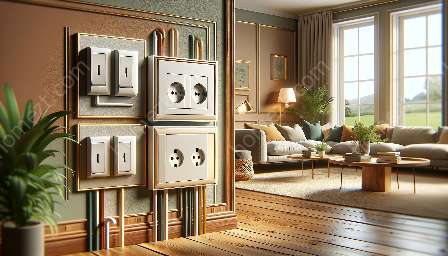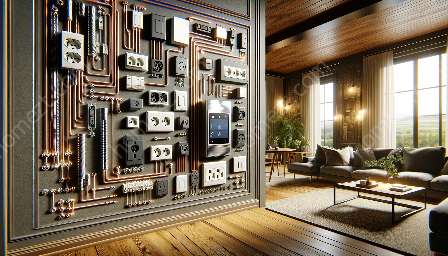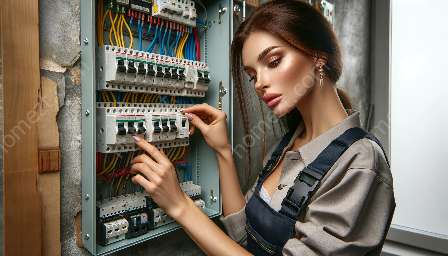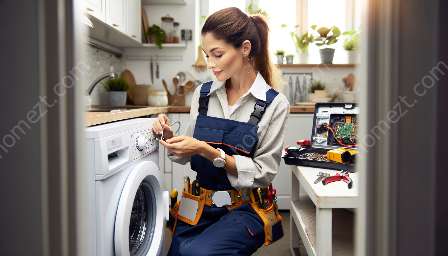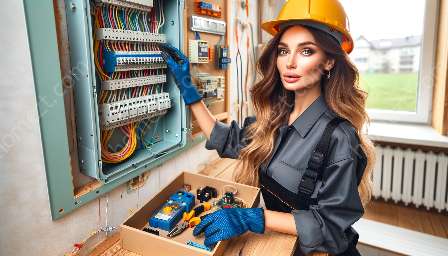Electricity is an essential part of modern life, but it can also pose serious risks if not managed properly. Electrical safety standards are put in place to ensure the safety of both electricians and the users of electrical systems within domestic services. Adhering to these standards is crucial for preventing accidents, injuries, and even fatalities.
Understanding Electrical Safety Standards
Electrical safety standards are a set of technical specifications and guidelines designed to maintain the safety of electrical systems, equipment, and installations. These standards are developed and maintained by organizations such as the National Electrical Code (NEC), the International Electrotechnical Commission (IEC), and the Occupational Safety and Health Administration (OSHA).
For electricians, compliance with these standards is not only a legal requirement but also an ethical responsibility. By adhering to electrical safety standards, electricians can protect themselves, their clients, and the general public from the dangers associated with electrical work.
Key Electrical Safety Standards
There are several key electrical safety standards that electricians and domestic service providers should be familiar with:
- National Electrical Code (NEC): The NEC sets the standard for safe electrical installation and covers areas such as wiring, grounding, overcurrent protection, and more.
- International Electrotechnical Commission (IEC) Standards: IEC standards focus on the safety and performance of electrical installations, equipment, and appliances on an international scale.
- Occupational Safety and Health Administration (OSHA) Guidelines: OSHA provides regulations and guidelines for workplace safety, including electrical safety in domestic services and construction environments.
Compliance and Implementation
It's essential for electricians and domestic service providers to stay updated with the latest revisions and updates to these standards to ensure compliance. This may involve attending regular training, workshops, or seminars to understand and implement new safety measures and best practices.
When working on electrical installations, electricians must follow the specific guidelines laid out in the relevant standards. This includes using appropriate personal protective equipment (PPE), following proper wiring and grounding techniques, and ensuring the correct use of electrical tools and equipment.
Importance of Electrical Safety in Domestic Services
For providers of domestic services, such as homeowners and property managers, understanding and adhering to electrical safety standards is equally important. By ensuring that their electrical systems and equipment comply with these standards, they can create a safe environment for their residents, tenants, and visitors.
Regular inspections and maintenance of electrical systems are essential for identifying and addressing potential hazards. This can include checking for overloaded circuits, outdated wiring, faulty outlets, and other issues that may compromise electrical safety.
Providers of domestic services should also consider engaging qualified electricians to conduct thorough inspections and carry out any necessary repairs or upgrades to ensure compliance with electrical safety standards.
Conclusion
Electrical safety standards play a critical role in safeguarding both electricians and users of electrical systems within domestic services. By understanding and adhering to these standards, electricians can carry out their work safely and professionally, while providers of domestic services can ensure the safety and well-being of their occupants.
Staying informed about the latest developments in electrical safety standards and actively implementing best practices will ultimately contribute to a safer and more compliant electrical landscape for all stakeholders.





